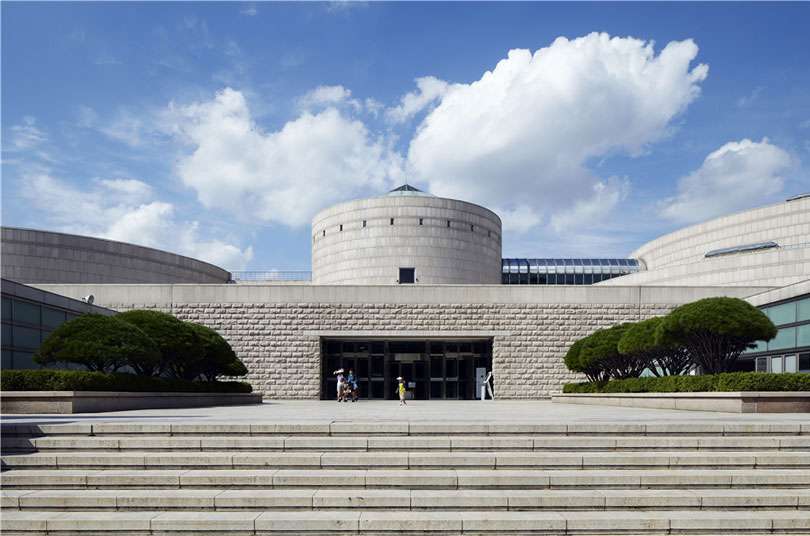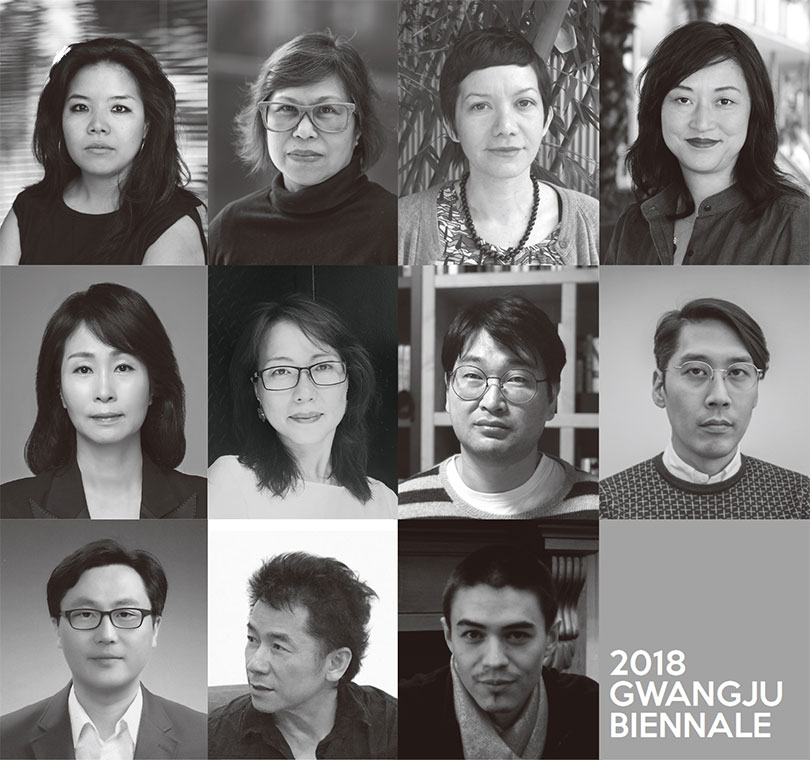SEOUL, Aug. 31 (Yonhap) -- It's been 120 years since Gojong, the 26th king of the Joseon Dynasty (1392-1910), proclaimed the founding of the Korean Empire at Deoksu Palace in Seoul.
The move was part of Joseon's desperate efforts to stand up to increasing pressure from outside. With the announcement, Gojong led a spate of social reforms to build a modernized, strong nation.
The very historic palace has been turned into an outdoor gallery festooned with contemporary art in various forms -- media and installation art, photography and sculpture.
"Deoksu is one of the most impressive and dramatic historical monuments of Korea. It is neither the biggest nor the most spectacular. Yet it conveys a crucial message to understand the modern history of Korea," said Bartomeu Mari, director of the National Museum of Modern and Contemporary Art (MMCA), at a news conference Thursday on the opening of the exhibition.
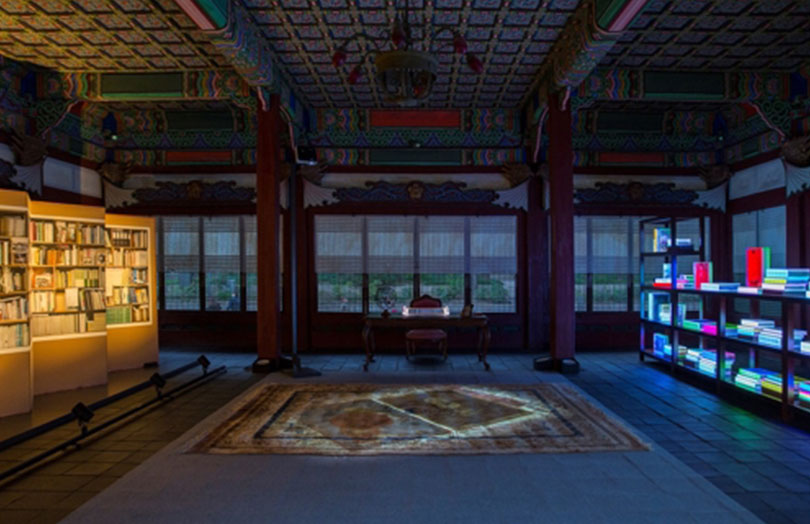
This image provided by the Museum of Modern and Contemporary Art (MMCA) shows the works "Luminous Days of Korean Empire" by Kang Airan on the right and "Chaekgado389" by Lim Soo-sik on the left. (Yonhap)
For this year's project that will open Friday, nine Korean artists have for months spent time at the palace for artistic inspiration.
The individual interpretation of historic episodes has resulted in nine site-specific art pieces that capture the spirit of the past and mirror a contemporary Korea.
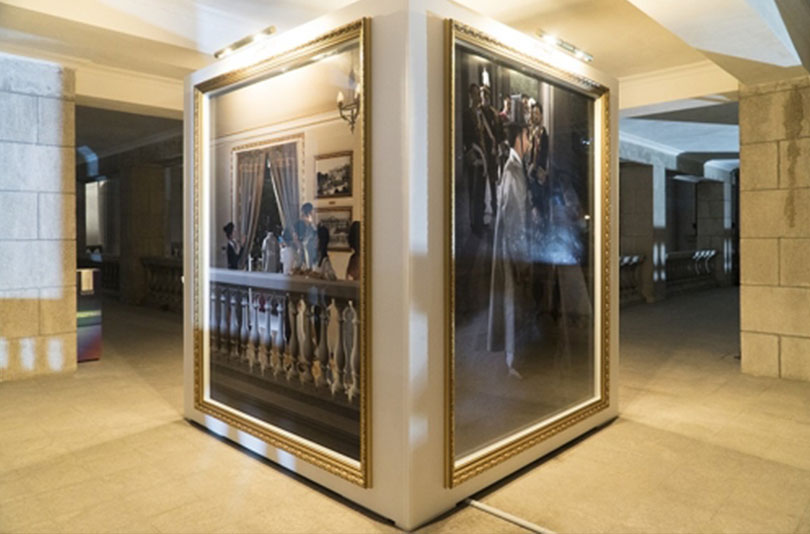
This photo provided by the Museum of Modern and Contemporary Art (MMCA) shows artist Jung Yeon-doo's "Prism Effect." (Yonhap)
Among the nine projects, artist Jung Yeon-doo tells how one single historical incident can be viewed in many different ways depending on where viewers stand.
"Prism Effect," Jung's four staged photo series, visually portrays the emotional roller coaster that Emperor Gojong might have felt amid Joseon's declining power and ever-mounting pressure from outer forces.
Interestingly, the last photo shows present-day visitors looking at the emperor and Princess Deokhye from behind, who stand on the terrace of Seokjojeon's second floor. The shot inspires mixed feelings of nostalgia for the past as well as bitterness over the waning fate of Korea's last dynasty.
"Many may feel shameful for the period and Gojong, but on the other hand, we must remember he tried hard to bring Korea an inch toward modernization," the artist told reporters.
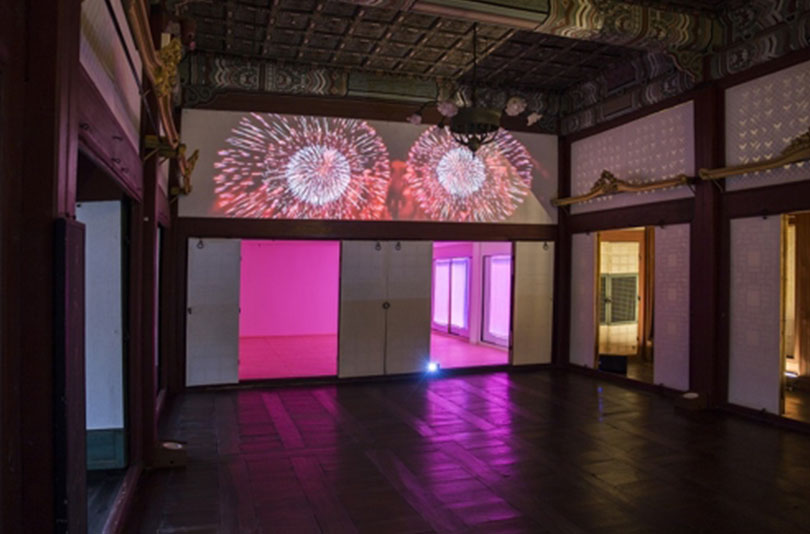
This photo provided by the Museum of Modern and Contemporary Art (MMCA) shows artist Lee Jin-joon's "Nowhere in Somewhere Series_Insomnia & HANABI." (Yonhap)
In "Nowhere in Somewhere Series_Insomnia & HANABI," another artist, Lee Jin-joon, delves into more personal agony that he thought the emperor might have experienced during the last days of his life.
Having learned that the emperor suffered from severe insomnia, he brought the work "Insomnia" to Hamnyeongjeon where the emperor slept and drew his last breath. The artist created the work last year while suffering sleepless nights himself.
He also projected two contrasting video images -- one of fireworks and the other of explosions from nuclear tests -- on the upper walls that face each other to the sounds of people cheering and clapping. The jarring combination of visual images and sound is designed to demonstrate the emperor's confused state of mind and the country in utter disarray, explained a curator from the museum. The museum recommended a night tour that is available until 9 p.m. to enjoy a more vivid view of the mostly visual works. The exhibition runs through Nov. 26.

Woo Jae-yeon / Yonhap news Agency
http://english.yonhapnews.co.kr/culturesports/2017/08/31/0701000000AEN20170831007500315.html

